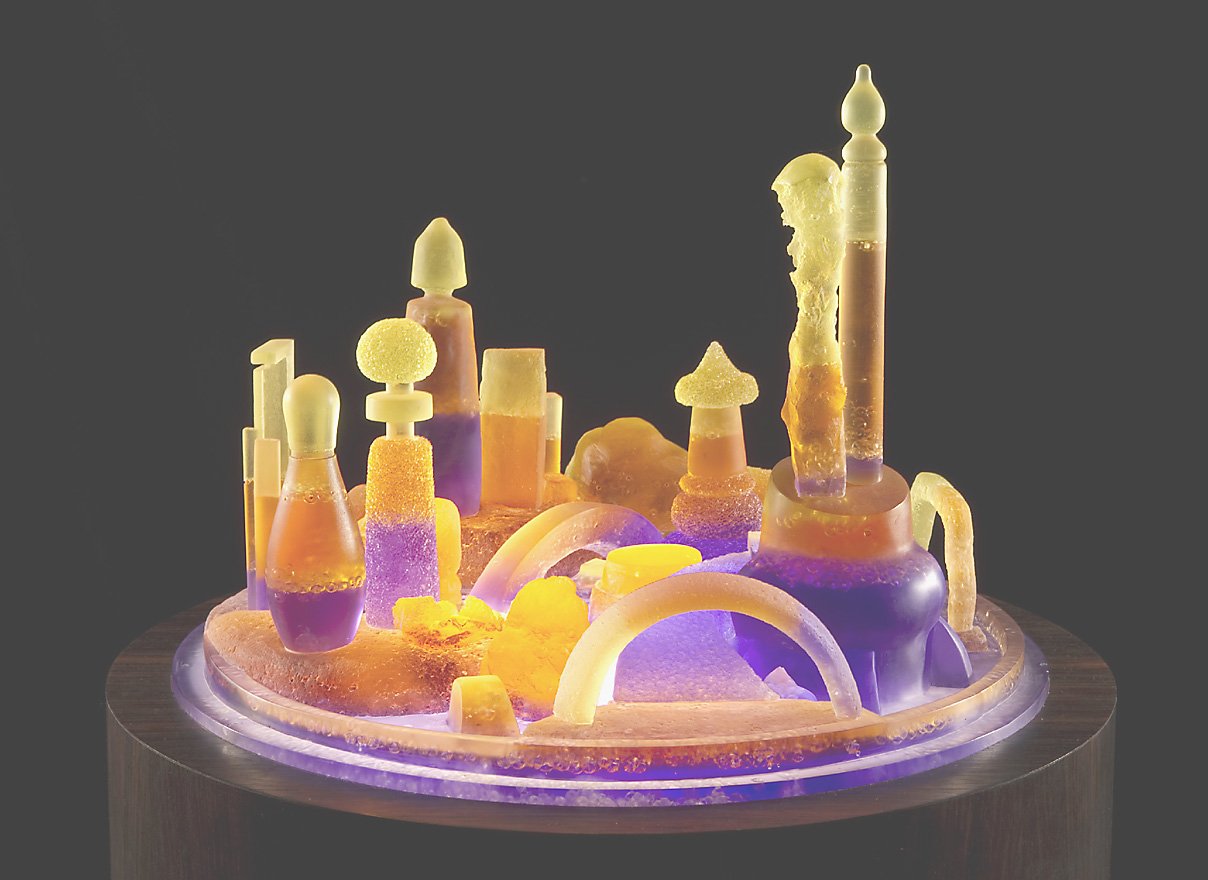"Collection 3 — Works Related to Your Portrait: A Tetsumi Kudo Retrospective: From Anti-art of the 1960s to Art of the Present Day" is a contextual exhibition accompanying the superb "Tetsumi Kudo Retrospective" at the National Museum of Art, Osaka. It brings together foreign and Japanese artists, foregrounding something of the diverse visual lexicon that characterized the late 20th-century art scene.
Arranged in three sections, the first is preeminent. It takes up the Art Informel movement of loose, often expressive abstraction in the postwar period that was a reaction to earlier geometric abstraction. This became all the rage in Japanese art from late 1956, though artists in the Osaka-based Gutai Art Association had already established their own precedents. In 1957, on his first visit to Japan, the French critic Michel Tapié recognized Gutai as a kindred spirit to the Informel movement he had originated and Gutai was subsequently relieved of its relative obscurity, featuring widely in international exhibitions. The debt to the French critic is seemingly made clear in a small inscription on the edge of Kazuo Shiraga's "Tenyusei Hyoshito" (1959), a work the artist painted with his feet, that notes the painting will be offered to Tapié.
Other works are representative of the so-called "anti-art" movement of the early 1960s that succeeded the period shift from painting to sculptural installation. Shintaro Tanaka's "Music" (1963/1996), for example, is a piano, on top of which is a mechanical contraption that drops down a metal bow on to the keyboard to produce apparently random sounds. Its backdrop is a series of kettles fitted to the wall and these contain decapitated doll heads.



















With your current subscription plan you can comment on stories. However, before writing your first comment, please create a display name in the Profile section of your subscriber account page.